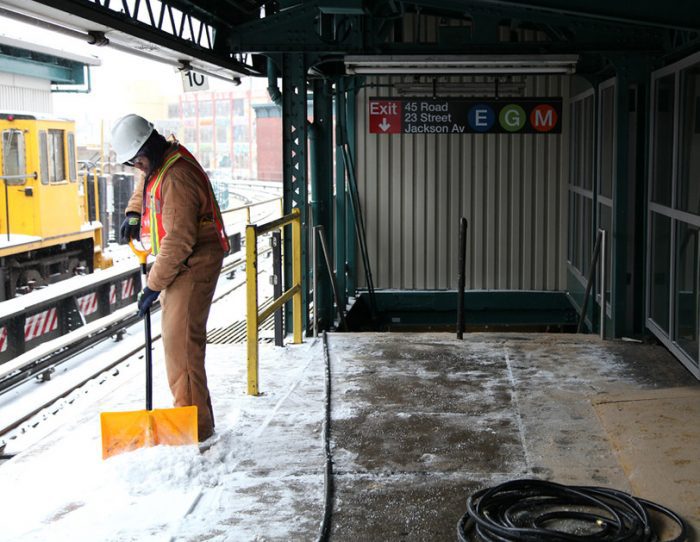Freight rates are weak right now, as everyone in the industry is painfully aware. But while poring over the data in DAT RateView and reading reports from many industry analysts, I found encouraging news.
For starters, the depth of the drop from January to February isn’t unusual. I’ve lived through a lot of winters in the freight business, and February is always the low point for seasonal freight rates. This February hasn’t been any worse so far than any previous slow periods on the spot market, and contract rates have been relatively stable overall for reefer and flatbed.
Get free weekly updates on national trucking trends with DAT Trendlines.

A bigger concern is that, with the exception of a brief spike in December, contract van rates have been in a steady decline. Contract rates in February so far are down 10% compared to February 2019.
Spot van rates have also tumbled. The current rate national average is $1.79 per mile, including fuel, which matches the low point of 2019, when rates fell to $1.79 in May. The plus side is that today’s lower fuel costs account for about 4¢ of that drop, so line haul rates are higher now than they were back then. Still, rates have dropped substantially since December, losing 15¢ per mile in two months and dropping 8¢ in the last month alone.
Key industrial indicator turns positive
There is some good news, though. The Institute for Supply Management (ISM) publishes an index called the Purchasing Managers Index (PMI). This index rose above 50 in January, indicating positive growth after five months of sub-50 readings. This means that industrial production has started to pick up. While the recent outbreak of coronavirus has greatly affected China and poses grave concerns for all nations, I anticipate the impact on heavy manufacturing in the U.S. to be minimal.
Overall, the U.S. economy experienced 2.3% growth in 2019. The rate of expansion in January came in at 2.4%, which is a good number for that month. Inventories remain low, both for suppliers and especially for their customers, so there is a lot of potential for a surge in freight movements this spring to replenish those inventory levels.
As I noted last month, flatbed freight has been the most solid overall since hitting a low in November. Flatbed rates on the contract side have been holding up well since the post-summer slump, and the spot side looks poised to climb. There has been only a 3¢ drop in February, and fuel accounts for about 2¢ of that amount. Plus, construction remains strong in many U.S. markets. Things aren’t great in the Midwest or Northeast, but that’s a typical seasonal pattern.
On the refrigerated side, contract rates have held up since hitting their lowest point in May 2019. Not great, but not getting materially worse. The spot side hit a low of $2.11 per mile in October and returned to that figure in February — but again, fuel costs are 2¢ lower per mile now.
Overall, there is reason for optimism going forward. As the CEO of Walmart, Doug McMillon, stated, with less product coming from China, Walmart will be looking to U.S. suppliers for more products. We all hope the coronavirus crisis won’t last much longer. It is showing up in very weak demand on the West Coast for van and refrigerated freight. When it becomes reasonably contained, look for a surge of freight to hit the U.S. ports.
Meanwhile, spring is coming, and with it comes higher freight demand. DAT’s early forecasts have the freight markets rebounding, starting in mid-March. While this year feels a little different — and I do expect air freight and some LTL volumes to be off — the U.S. truckload market should be in for a rebound.

